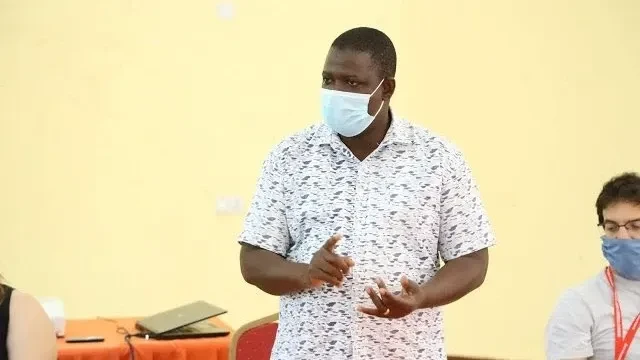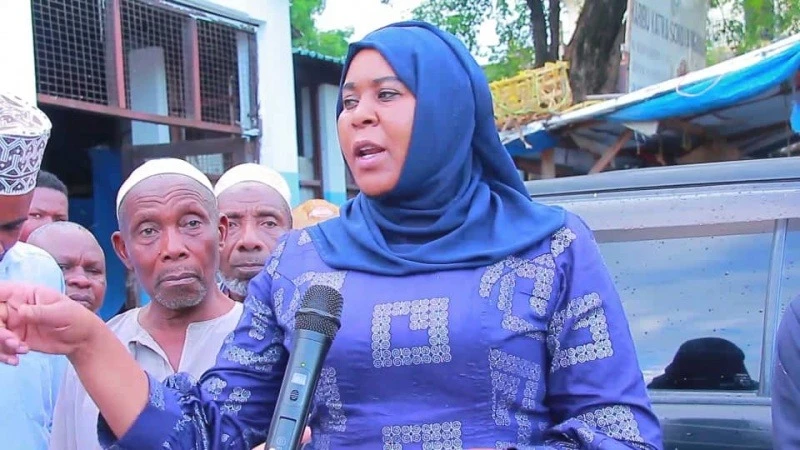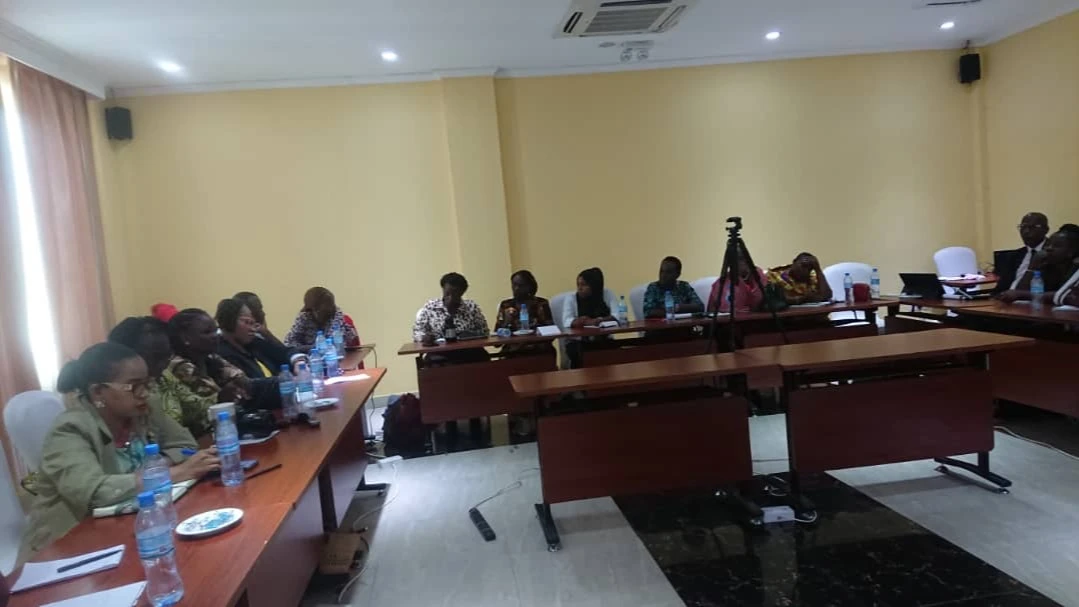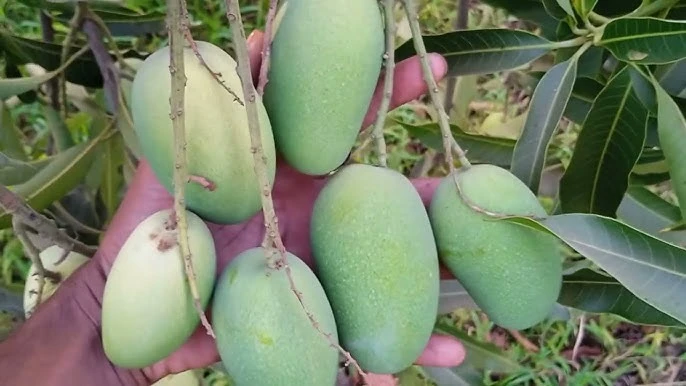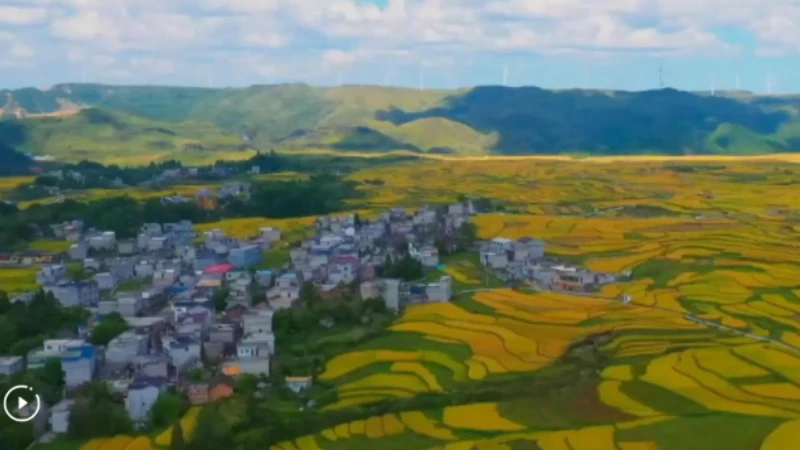Regional climate data: Heavy rains up to July

THE Horn of Africa is set to receive wetter-than-usual conditions between May and July 2025, according to the latest forecast by the Intergovernmental Authority on Development's Climate Prediction and Applications Center (ICPAC).
In a seasonal climate outlook released Tuesday, ICPAC indicated that countries including Kenya, Somalia, southern Ethiopia, Uganda, eastern South Sudan, Rwanda, and Burundi are likely to experience above-average rainfall over the three-month period.
Some areas will see the opposite trend. Northern Ethiopia, western South Sudan, and northeastern Tanzania are expected to face drier-than-normal conditions during the same period, it said.
"Temperatures across the region are forecast to be warmer than usual," it similarly indicated, noting that in some countries, temperatures may exceed 32 degrees Celsius, intensifying the effects of the shifting weather patterns.”
Typically, the Horn of Africa receives its heaviest rainfall between March and May, but climate change has altered the region’s weather cycles. The March-May 2025 season saw below-average rainfall, prompting concerns over delayed crop planting and water shortages in some areas, the report asserts.
The report warned that climate change was driving increasingly erratic weather in the region, as the shift in rainfall patterns, combined with rising temperatures, is contributing to more frequent and unpredictable weather events, especially flash floods and prolonged dry spells.
These changing conditions are likely to deepen the region’s perennial food security crisis where at present more than 73 million people across the Horn of Africa are experiencing food insecurity.
This could worsen if agricultural production is disrupted by excessive or poorly timed rainfall, it said.
The forecast serves as a critical alert for governments, humanitarian organizations and communities in the region to prepare for possible weather-related challenges in the coming months, experts noted.
Regional actors need to implement early warning systems, strengthen resilience measures and support vulnerable populations as they brace for the evolving climate conditions, the report added.
Top Headlines
© 2025 IPPMEDIA.COM. ALL RIGHTS RESERVED




